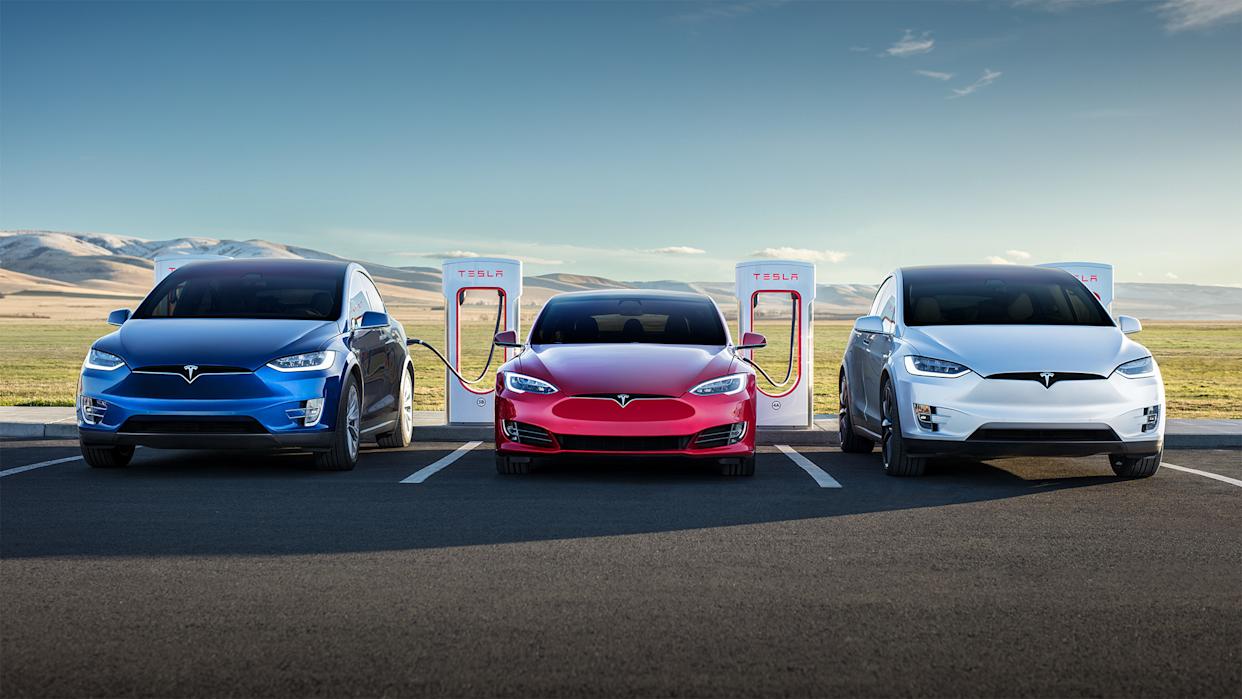
If you’re only a casual automotive industry observer, you’d be forgiven for believing that the electric vehicle (and everything associated with it) is effectively dead. But despite some very real financial headwinds, progress marches on, and according to J.D. Power, America is steadily improving both charger availability and reliability—and the latter is largely thanks to Tesla.
Certainly, the administration and Congress moved swiftly to gut funding for National Electric Vehicle Infrastructure (NEVI) programs, but with local and state governments stepping up to help cover those shortfalls, few of them are truly dead in the water. Customers’ biggest complaints in 2025 were related to charging costs and issues with the payment process, resulting in a 10-point slide in overall satisfaction. However, customers also reported noticeable improvements in charger reliability, marked by fewer users “failing to charge” after arriving at a station.
“In the absence of NEVI funding, the industry is experiencing a concerted effort among various stakeholders in the EV ecosystem—particularly from automakers and charging networks—to improve the public charging experience for customers,” J.D. Power EV expert Brent Gruber said in the company’s report.
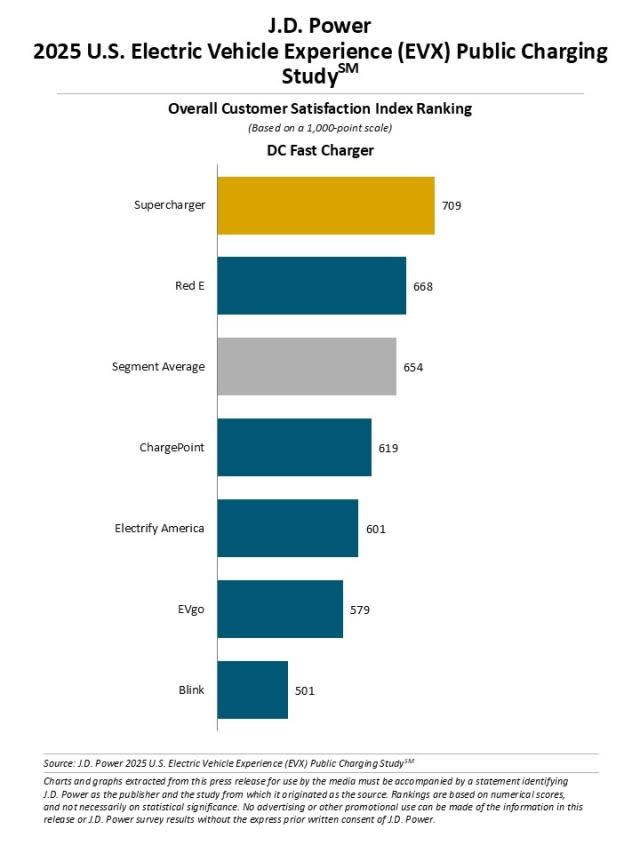
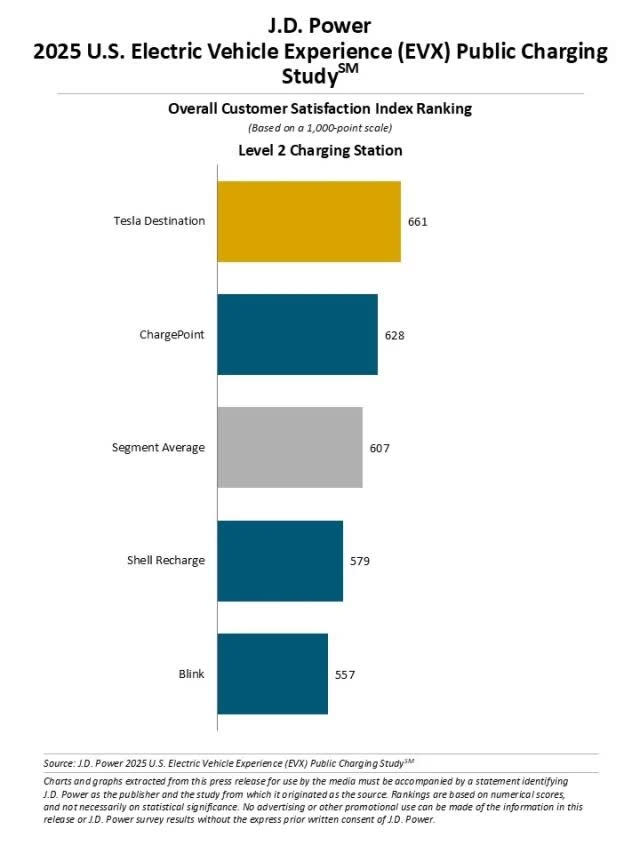
“With or without the federal funding, NEVI guidelines have made their mark by establishing a playbook for industry success,” Gruber added. “While overall satisfaction scores decline this year, our data shows clear improvement in the reliability and success of public charging—a promising sign of progress for the industry. As part of its analysis, J.D. Power also monitors public charging performance across the country by measuring failed charging attempts and availability, as well as providing critical data on where the customer experience is improving and where challenges remain.”
Say what you will about the company and its current leadership, but Tesla’s Supercharger network remains the gold standard for fast-charging experiences in the United States. That advantage comes less from any sort of technological or service-level superiority, but rather the advantage of being built to cater to a single manufacturer. Tesla and Red E were the only two to beat the industry average.
“Tesla’s Supercharger network continues to lead the DC fast charger (DCFC) segment in customer satisfaction with a score of 709, despite a 22-point decline from last year. However, non-Tesla automaker-operated networks—including the Mercedes-Benz Charging Network, Rivian Adventure Network, and Ford Charge—collectively earn a satisfaction score of 709, on par with Tesla,” the report said. “These networks were not eligible for rank consideration in this year’s study due to their limited footprint, but early performance suggests manufacturers are successfully applying lessons from Tesla’s brand-level ecosystem.”
Charging networks intended to be used by virtually any EV were consistently rated lowest, with Blink coming in dead last behind EVgo and Electrify America in both fast-charging and level 2 setups.
Got a news tip? Let us know at [email protected].
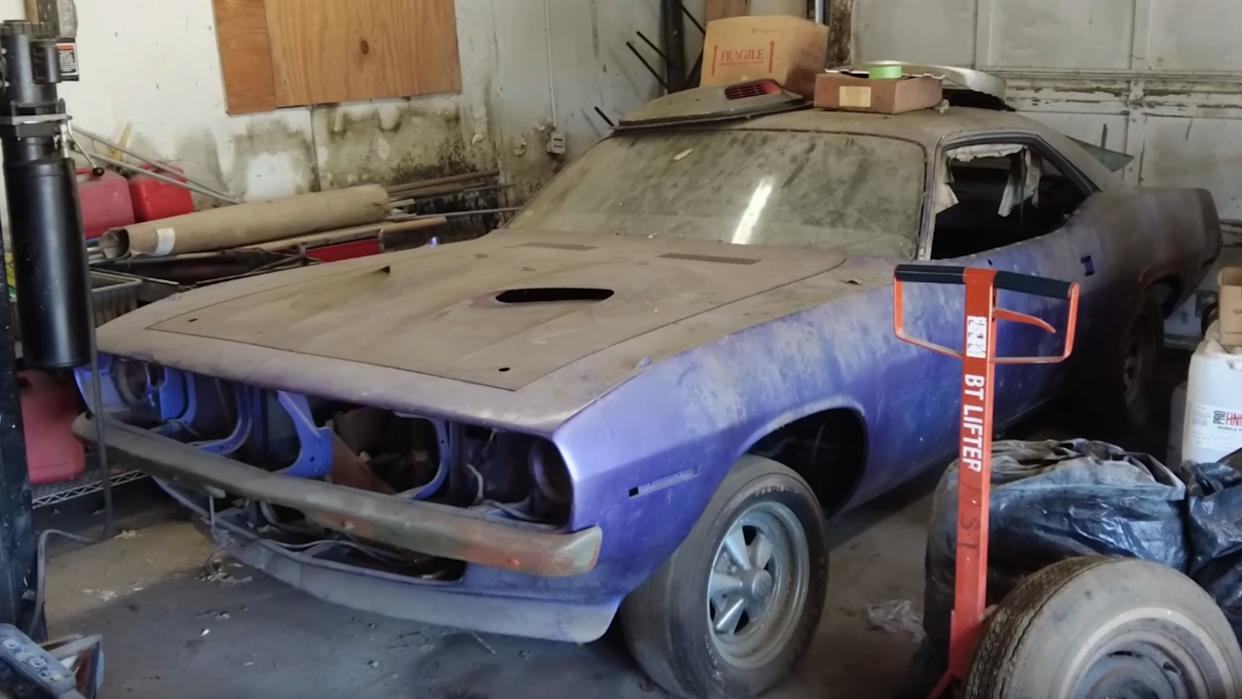
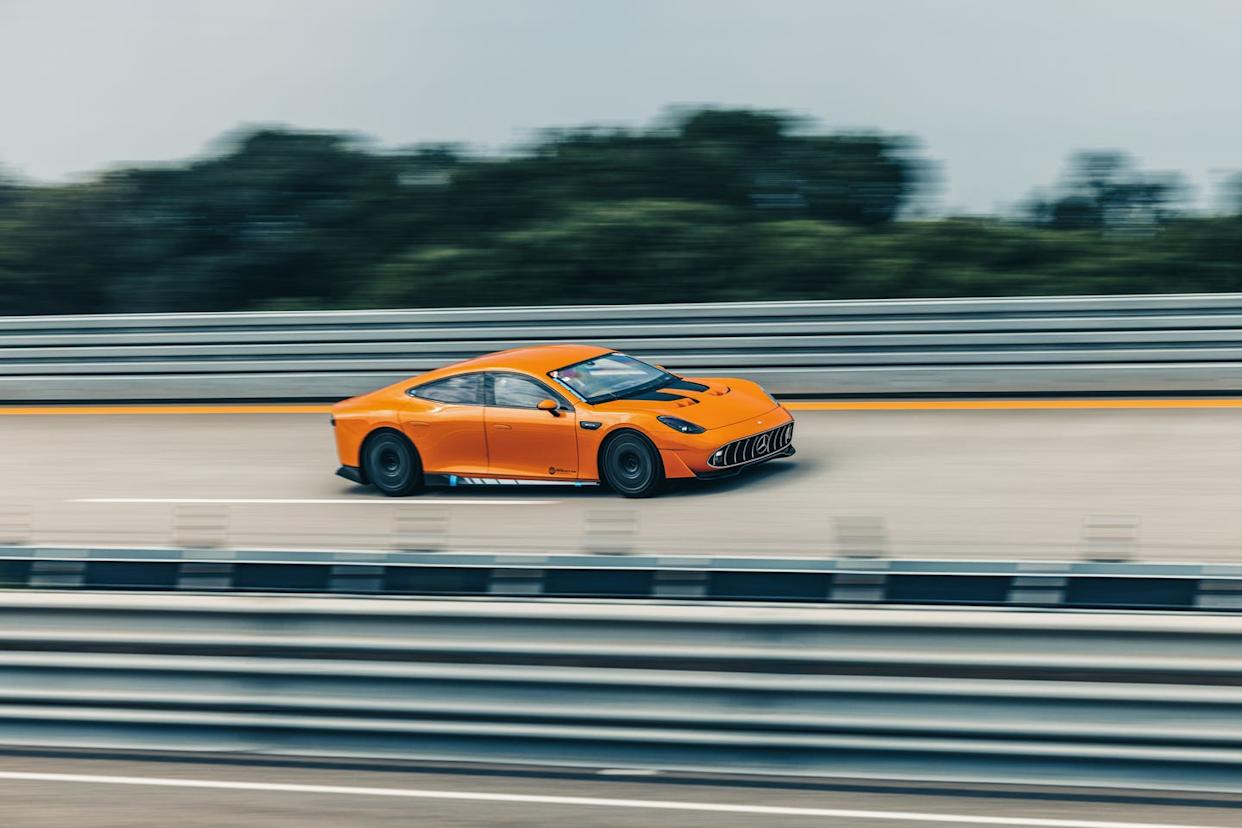
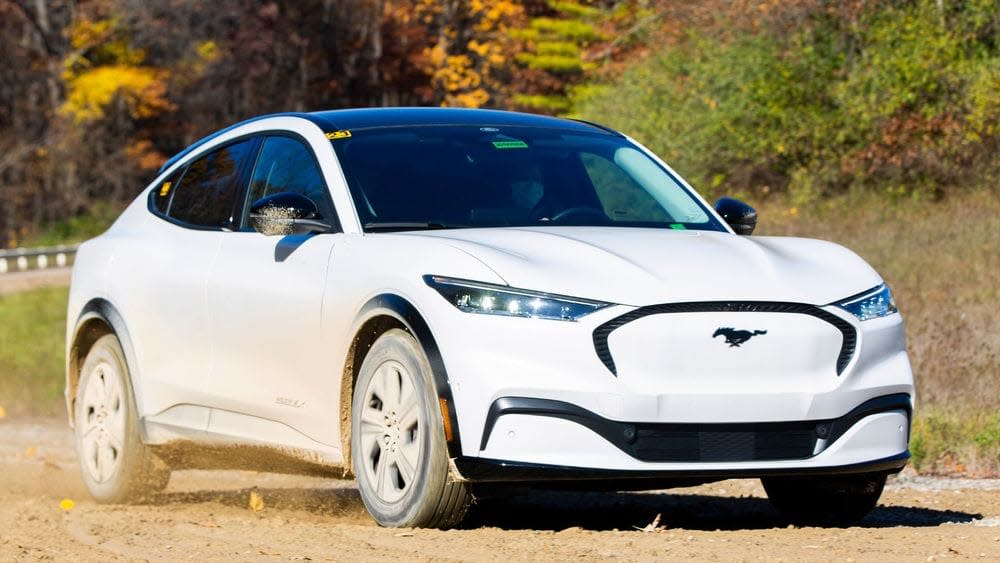

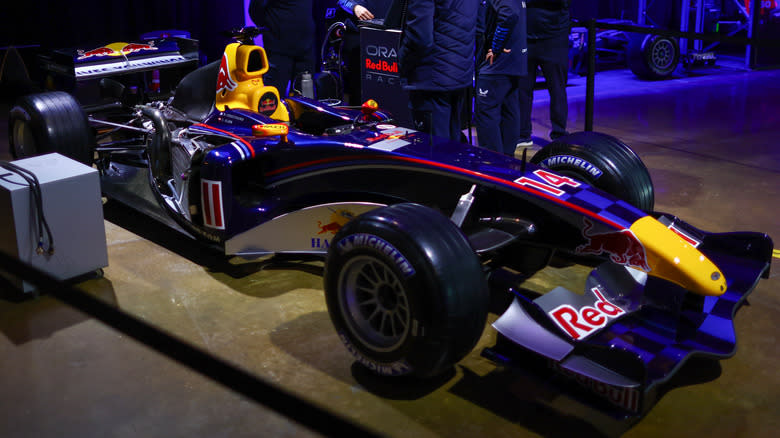
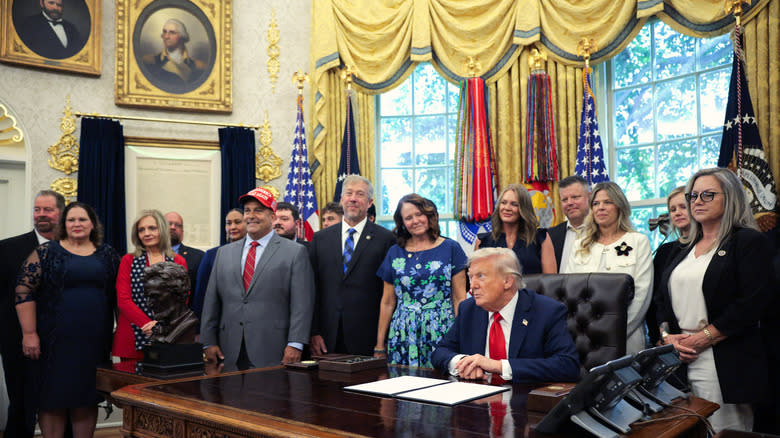
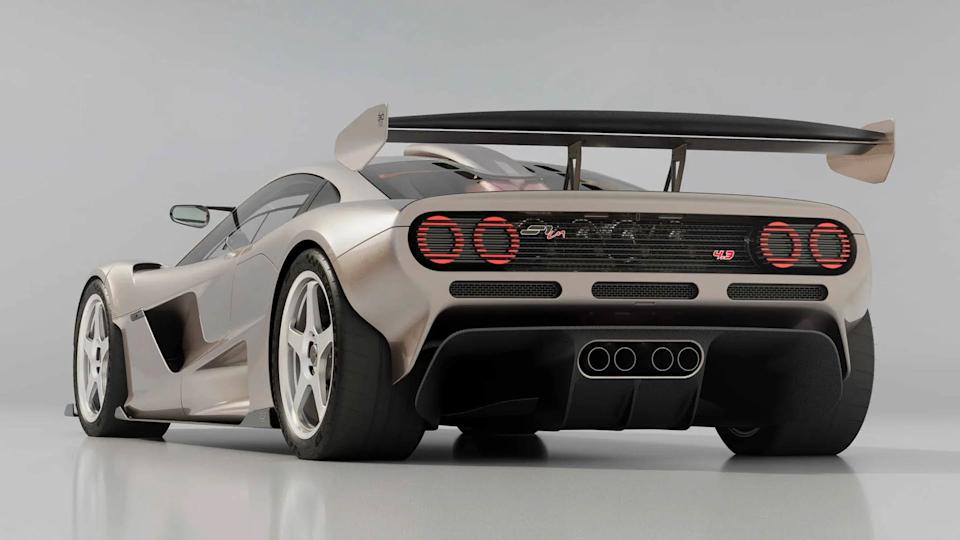

Comments